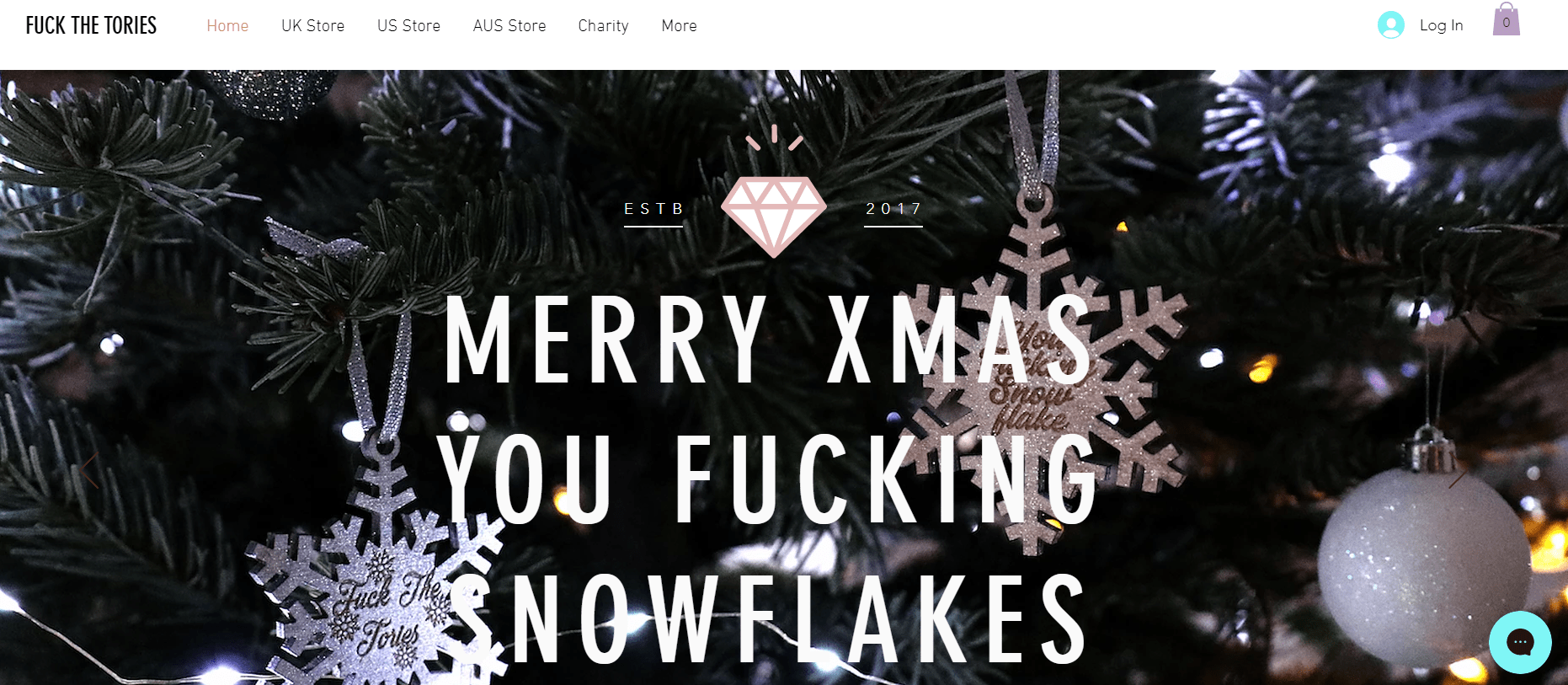Should your brand swear?
What is the power of a swear? Why do some brands do it while others don’t? And can you (or should you) swear in your brand copy. Get all the answers here, with plenty of real life examples.
In the early days of my newsletter, there was one thing that would send my readers running for the unsubscribe button: a swear (or curse, for our American friends).
Now, in real life, I love a good swear. But I realise that it’s not everybody’s cup of tea. Only, it’s not that simple, is it? Very few people are all-out fans of swearing in every situation or context, just as most people wouldn’t support a flat-out ban. Because it’s nuanced, isn’t it?
But this isn’t a blog post about linguistics, it’s about brand building. So, what is the power of a swear? Why do some brands do it while others don’t?
To seem relatable
“Can I swear?” It’s something you often hear podcast and webinar guests ask. Kirsty Hulse on The Marketing Meetup is a great example. Because yes, it was a ‘work’ setting, though an informal one. But in that context, swearing brought her audience onside. In just one or two words, she made herself more relatable, showed she understood and even shared her audience’s problems. It’s about showing that though you’re the one with the mic in your hand, but you’re not so different from the people listening.
Of course, it doesn’t work all the time, otherwise, we wouldn’t ask if it was okay to swear. But there’s something about agreeing we’re all okay with a swear that puts us in a special club. Which leads me on to my next point.
To create a tribe
Here’s my favourite example:
It works because they have a swear in their brand name, so anyone who might get offended is automatically filtered out, giving the brand a bit more impunity to swear with abandon. It’s a very specific niche.
Also there are layers of meaning in there. It’s taking the word ‘snowflake’, that all too popular insult thrown at liberals, and mocking it. So it’s kind of directed at the liberals themselves but also reclaiming the word. It’s not just mindless expletives without context or intention.
Here’s another example of swearing creating a special club. If you’re a geriatric millennial who grew up in the UK, like me, you’ll probably remember FCUK. How I wanted to wear those four letters across my little chest. Why? Because I felt like it would have told the world I was in a certain elite, a gang of people who got the joke. It says FCUK, Mum. It’s fine.
To raise a smile
We know that swearing alleviates pain. You stub your toe or stand on Lego, you reach for your favourite four-letter word. And what’s more painful than your favourite restaurant running out of its signature ingredient? The KFC FCK ad works because the swear isn’t directed anywhere in particular. It’s non-aggressive and connects the brand with the customer in shared frustration.
Lumen & Fck
So, we’ve seen the reasons why swearing might make its way into a brand’s language. How does swearing sit with the way I present myself as a business? I might do a light swear on a call with clients I know well. But swearing on a discovery call? Very unlikely. Equally, I might drop a light swear into a social media post, but perhaps not as often in the relative permanence of a blog post. When I do, it’s usually because I need to add some sharpness to a post that otherwise feels bland or fluffy. Not doing it too often is important so that the words retain their power.
And don’t fck it up
Here’s your eight-part guide to swearing as a brand without fcking with your future. The tl:dr? Unless you’re absolutely sure it’s going to land, give it a miss.
1. Context: is the situation swear-appropriate?
2. Direction: who is the swear directed at? (Like in comedy, always punch up not down.)
3. Severity: how serious is the swear? Will it hit different coming from you? How do the audience see the swear?
4. Mood: what’s the mood behind the swear? If it’s anything angry or hostile, step away.
5. Reader-first: if you’re only swearing because it makes you feel good, cut it. This is about your customer.
6. Identity-appropriate: an Instagram poll tells me people hate swears when they feel try-hard or forced. So if it doesn’t feel right for your brand, don’t do it.
7. Start small: chuck in a wee shit or the occasional bollocks before working your way up to the full c-bomb.
8. Quantity: sure, you might drop the odd swear in, but overdoing it can reduce the impact.
And finally, codify it: Once you’ve tested and analysed, write it into your brand guidelines and stick to it. That way you don’t end up with some freelancer dropping the f-bomb on a white paper, wiping out your entire customer base in one go.
This post was inspired by the Allusionist podcast – Ep. 4. Detonating the C-Bomb
If you’d like to chat more about writing for your business, I’d love to hear from you.


